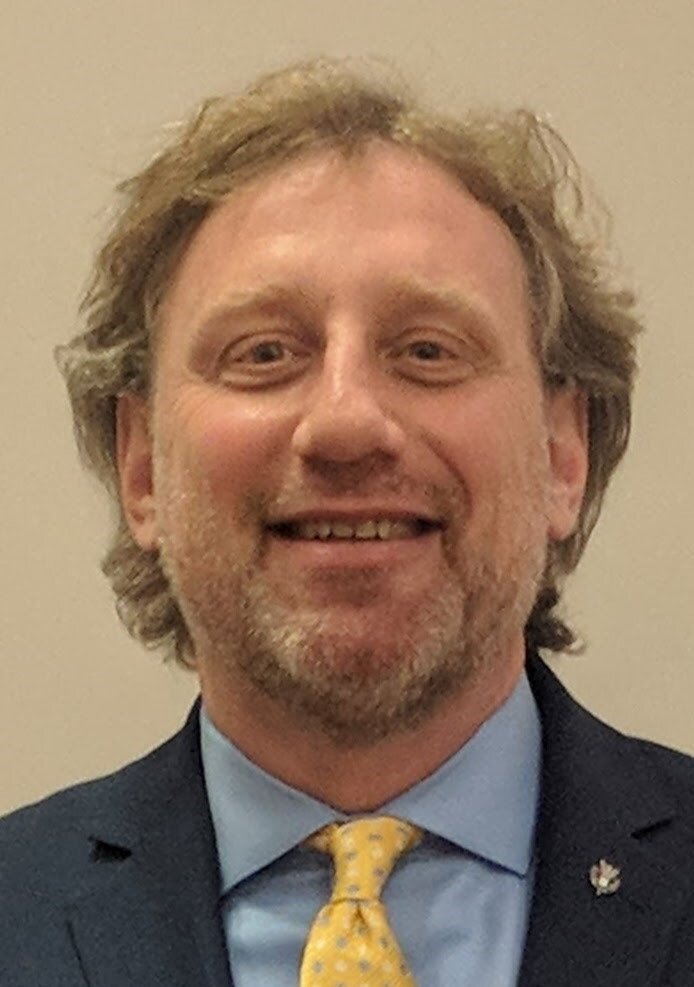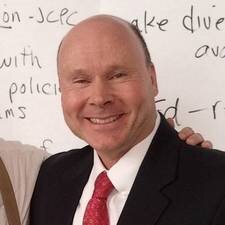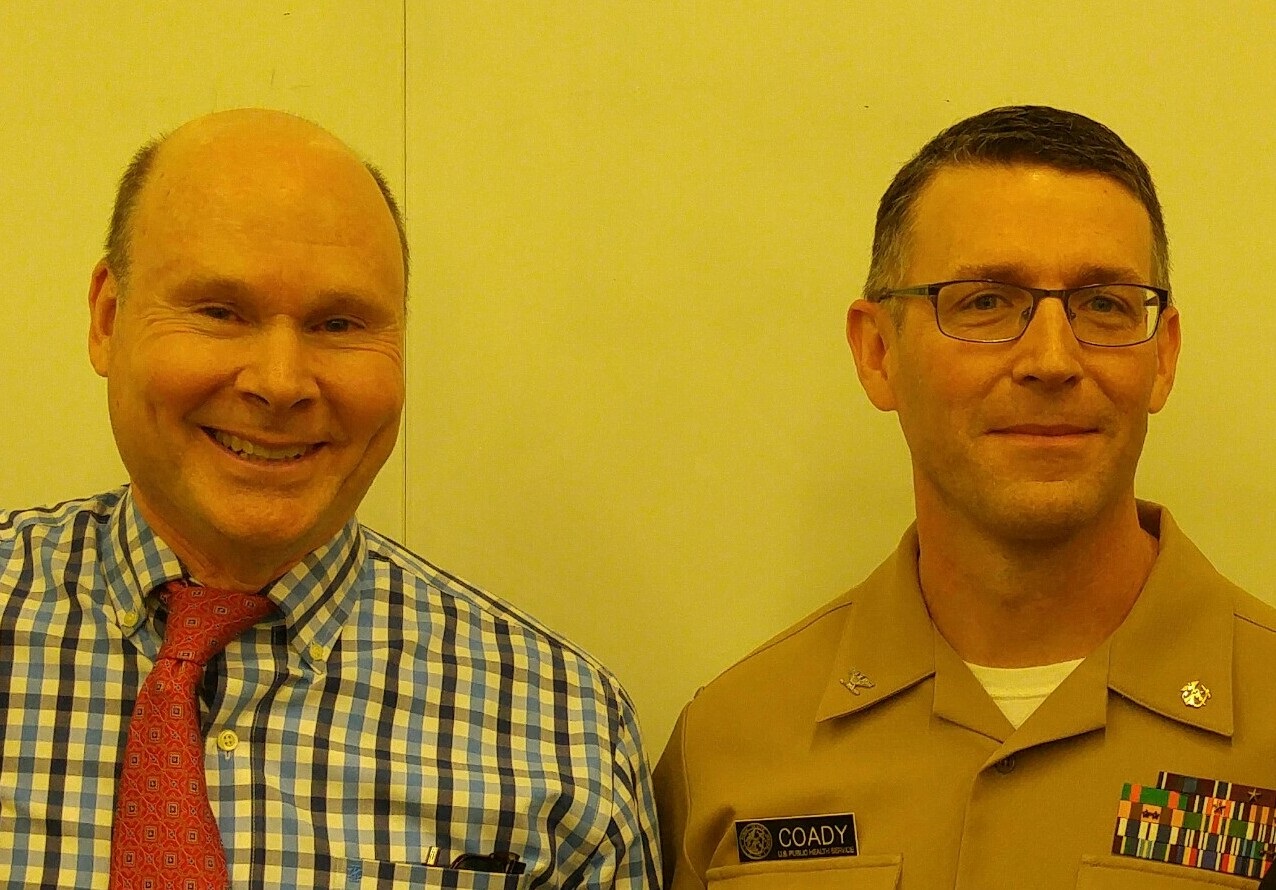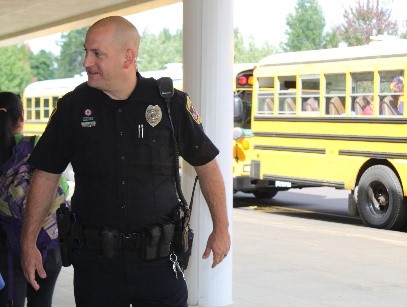A reflection on the human side of practice change: Lessons of the IDEA Partnership captured in Leading by Convening: A Blueprint for Authentic Engagement and told through the story of a CoP’s contribution to working across disciplines.
Communities of Practice are described as an infrastructure for sharing and learning across groups (Lave & Wenger, 1990). But they are often overlooked as a strategic investment for creating a safe space where individuals and groups can:
Explore collaboration across boundaries;
Build understanding across varying perspectives; and
Support new learning informed by shared work.
From 2002 to 2015, the IDEA Partnership at the National Association of State Directors of Special Education (NASDSE) convened a National Community of Practice on School Behavioral Health that affiliated 17 state teams, 21 national organizations, and 8 federally-funded technical assistance centers. These partners worked together to describe their honest differences based on experience and roles that must be addressed to develop a comprehensive system of school-based supports.
Here are the CoP insights from diverse stakeholders around the country, which provide advice on your problems of practice.
Keep children and youth at the center of the work.
Be clear and consistent in making improved outcomes for children and youth as the highest priority. Recognize that children’s lives play out in schools, but also in homes and communities. There are roles that each of us should play. Decisions, especially in lean fiscal times, may impact one or another group of stakeholders, but when children and youth are authentically engaged in creating the system, they understand the realities. How partnerships design an effort must never waiver in holding children and youth at the core of the work.
Take a landscape view.
Spend time exploring the range of stakeholders that have interest in a common issue and are impacted by programs designed to address them. Learn why these partners care about the issue and what work is already underway. Help individuals to communicate their capacities, and value the capacities of others. Create regular interaction to build the relationships.
Pay attention to identity.
Personal meaning drives behavior. Every day people who implement programs and activities decide whether they will act on what they are told to do, or modify it with their own insights. Never stop asking how practices impact the identity of important players, and never stop asking them to become aware of how their identity opens or limits their perspective. Make sure that the potential partners understand the vocabulary that each other is using. Language can be a factor for those that are bound by their own identity. Learning each other’s language can be the bridge to recognizing each other’s identity.’
Pay attention to context.
The fit between an evidence-based practice and the setting into which it is implemented is important. Challenges arise in under-resourced settings, highly resourced settings, and everything in between. Stay true to the fidelity of the practice but understand the need to craft solutions that fit the setting. Structure the dance between fidelity and flexibility as a chance for the stakeholders to cross the boundaries of their roles to create customized approaches that meet the standard of evidence. Continually work with front-line staff in designing implementation strategies that will ‘fit’ in their particular setting to increase the likelihood that they will be applied.
Aim for authentic engagement.
While a critical mass is important in getting any initiative underway, sustainability depends on broad and deep support. Keep inviting the skeptics. Be intentional about including families, teachers, support personnel, administrators, and agencies who question or challenge the process. They will need to become your allies for the practice changes that you support to be sustainable. They may hold information that is important in crafting the right strategy to move the initiative to scale.
Recognize the impact of authority and influence.
In public settings funded by public funds, designated leaders have responsibility for efficient and effective implementation. These leaders act under the authority vested in them by federal, state, and local government. But not all leaders lead with authority. Some lead with influence. Professional and family organizations affiliate deep and durable networks and have the trust of their members. They are important partners in exploration and adoption of new practices. Leading practice change means helping others to join the effort as leaders too.
Remember, in complex systems, everybody comes as a learner.
Complex systems are just as their name implies…complex. We cannot know how pieces of the system that we do not touch may influence the overall performance. System leaders cannot solve problems without the knowledge and experience of those that the system is designed to serve. The intended beneficiaries cannot get their needs met without helping the system leaders to be successful. We need to learn from each other!
Act!
Convene and collaborate based upon shared values and goals. These shared values can be used as focal points for engaging in shared work at the child, school/agency, community, state and federal levels. Reach out and invite these people to partner!






















